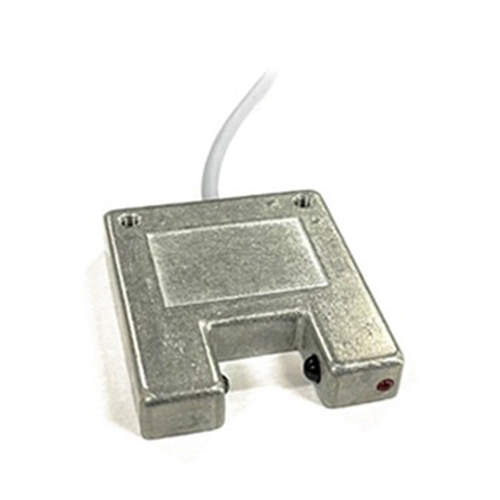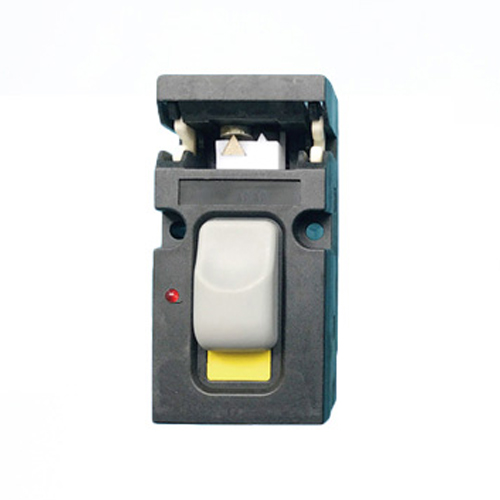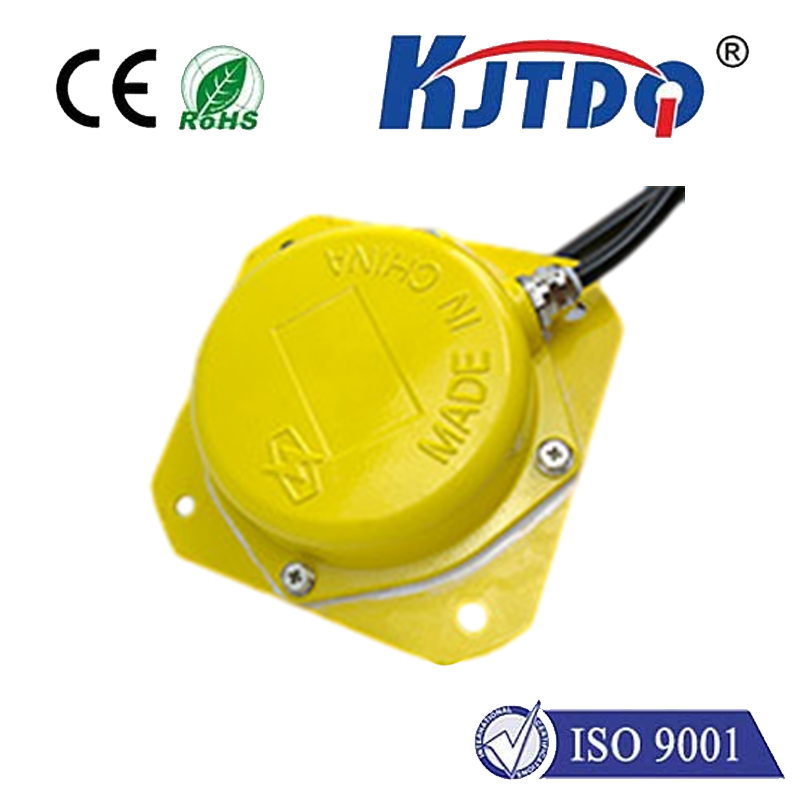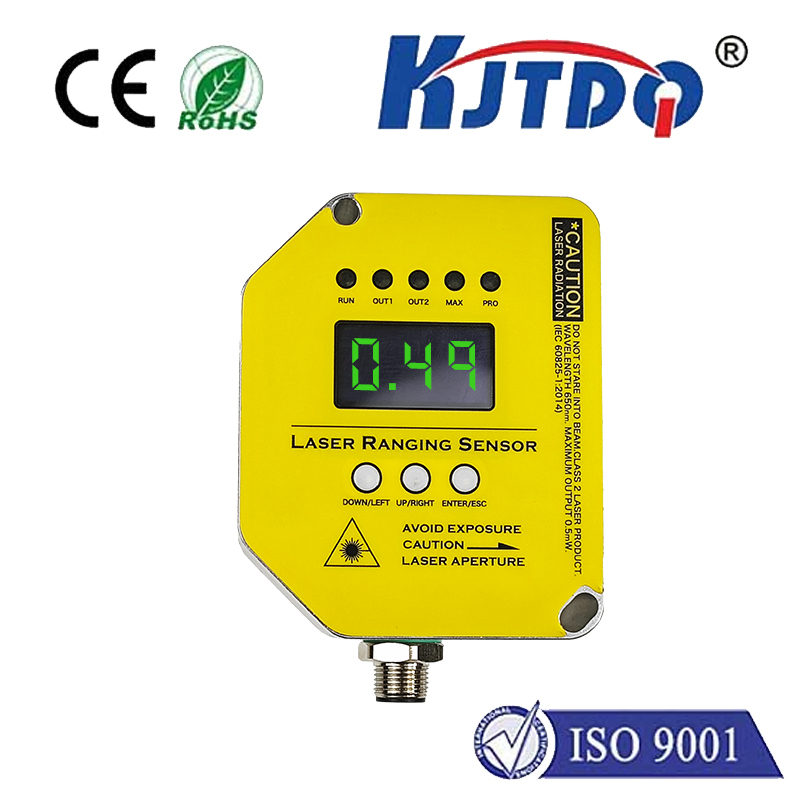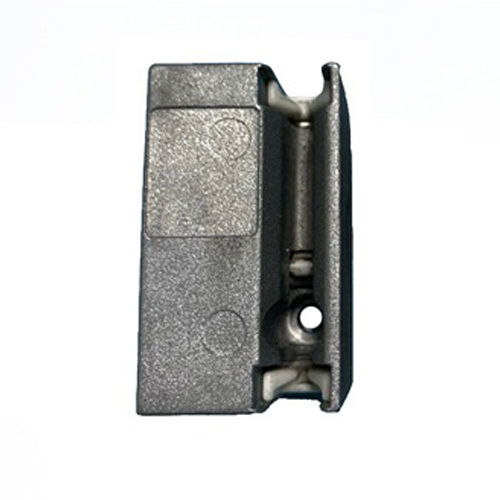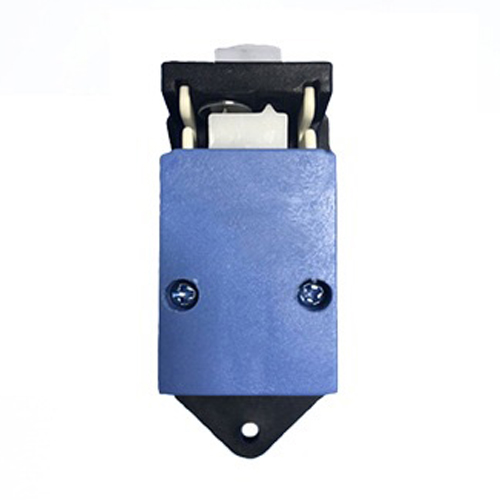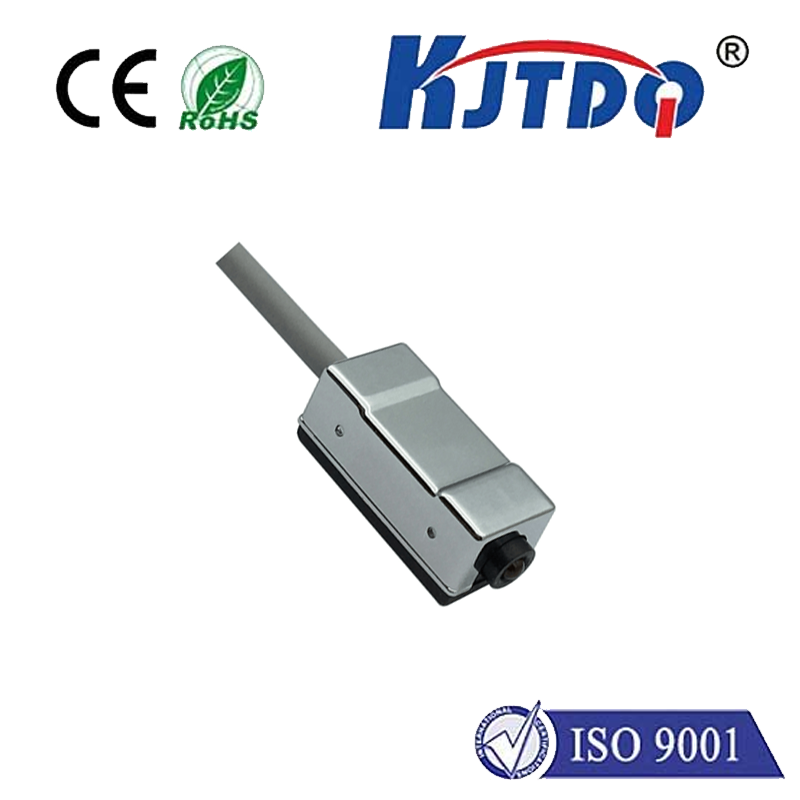Фотоэлектрический датчик
- time:2025-07-24 01:37:07
- Нажмите:0
Photoelectric Door Sensors: Your Invisible Security Shield
Imagine your door detecting an intruder before they even touch the handle, or knowing instantly when precious inventory leaves your warehouse unauthorized. This isn’t science fiction; it’s the practical reality delivered by photoelectric door sensors, a cornerstone of modern security and automation. Unlike traditional mechanical switches, these devices offer unparalleled reliability and versatility, making them indispensable across homes, businesses, and industrial settings.
So, how do these seemingly simple devices work their magic? The principle is elegant in its simplicity, relying on the properties of light. A standard photoelectric door sensor consists of two core components:
- An Emitter: This unit projects an invisible beam of infrared light across the doorway or entry point.
- A Receiver: Positioned directly opposite the emitter, this component constantly monitors for the presence of the light beam.
The core function hinges on beam interruption. When the doorway is clear, the receiver continuously “sees” the beam emitted by its counterpart. The moment an object, person, or even a pet breaks that beam by passing through the doorway, the receiver detects the interruption. This triggers an immediate signal.

This signal is the critical output. It can be interpreted as:
- “Door Open” or “Access Detected”: For security systems initiating alarms or alerting monitoring centers.
- “Presence Detected”: For activating automatic doors in supermarkets, hospitals, or office buildings.
- “Object Passing”: For counting objects on production lines or monitoring logistics gates.
The advantages of photoelectric technology over mechanical alternatives (like magnetic reed switches) are significant and drive their widespread adoption:
- Non-Contact Operation: This is perhaps the biggest benefit. Since detection relies solely on light, there’s no physical contact required. This eliminates wear and tear on moving parts, drastically increasing sensor lifespan and reducing maintenance costs. Doors don’t need to physically touch or engage with the sensor mechanism.
- Superior Range: Photoelectric sensors can operate effectively over much larger distances than mechanical switches – ranging from a few centimeters up to several meters in advanced models. This makes them ideal for wide doorways, gates, or conveyor systems.
- Speed and Sensitivity: Detection is virtually instantaneous. The interruption of a light beam happens at the speed of light, allowing for extremely rapid response times, critical for security triggers or high-speed automation.
- All-Weather Resilience (Outdoor Models): Designed for exterior use are highly weather-resistant. They continue to function reliably in rain, fog, wind, and varying temperatures where mechanical parts might freeze, jam, or corrode.
- Discreetness: The components are typically compact and can be installed relatively unobtrusively. More importantly, the infrared light beam itself is invisible to the naked eye, making it a covert security measure.
- Reliability: With no moving parts to fail mechanically and a simple operating principle, photoelectric sensors offer exceptional long-term reliability.
- 24⁄7 Operation: They function consistently day and night, unaffected by ambient lighting conditions (when using modulated IR light to avoid interference).
Where do you encounter these vital sensors? Their applications are diverse:
- Commercial & Public Building Security: Protecting entrances, exits, stock rooms, server rooms, and restricted areas. Integrated with alarm panels, they provide instant breach detection.
- Automatic Sliding Doors: The ubiquitous sensors above supermarket entrances? Primarily photoelectric. They detect approaching people, triggering smooth door opening.
- Smart Homes: Integrated into security systems for doors and garages, alerting homeowners to openings via smartphone apps, controlling lighting, or enabling automation routines.
- Промышленная автоматизация: Monitoring access points to hazardous areas, safeguarding machinery perimeters (light curtains), counting items on production lines, or signaling the presence of items on conveyor belts entering packing stations. Beam interruption can signal start/stop processes.
- Parking Garages & Gated Communities: Controlling vehicle access points and monitoring gate positions.
- Accessibility: Ensuring automatic doors open reliably for wheelchair users and others needing assistance.
Crucially, modern photoelectric door sensors designed for critical applications often incorporate features to minimize false alarms and enhance safety:
- Beam Encoding: Using a modulated or pulsed infrared signal distinguishes the sensor’s beam from ambient light sources (like sunlight or headlights), preventing accidental triggering.
- Alignment Verification: Many units indicate (visually or via signal) if the beam path is clear and correctly aligned.
- Safety Standards Compliance: Models used on automatic doors must meet strict safety standards (like EN 16005) ensuring they reliably detect obstructions to prevent entrapment or injury.
When integrated into a comprehensive security strategy, photoelectric sensors add a vital tactical layer:
- They act as a first line of defense, detecting an intrusion attempt the moment the protected boundary (the light beam) is crossed.
- They provide early warning, potentially allowing security personnel or homeowners to react before an intruder gains full access.
- They offer zone-specific detection, pinpointing exactly which door or access point has been breached.
- They complement other systems like CCTV (intrusion verification) and access control logs (identifying authorized vs. unauthorized entry attempts).
In essence, photoelectric door sensors leverage the fundamental properties of light to create an invisible, highly reliable, and versatile detection barrier. Their non-contact nature ensures longevity, while their speed and accuracy make them indispensable for everything from securing high-value assets to enabling the effortless convenience of automatic doors. They provide a seamless layer of security and automation that operates silently, efficiently, and continuously, forming a critical component of modern building management and safety.

